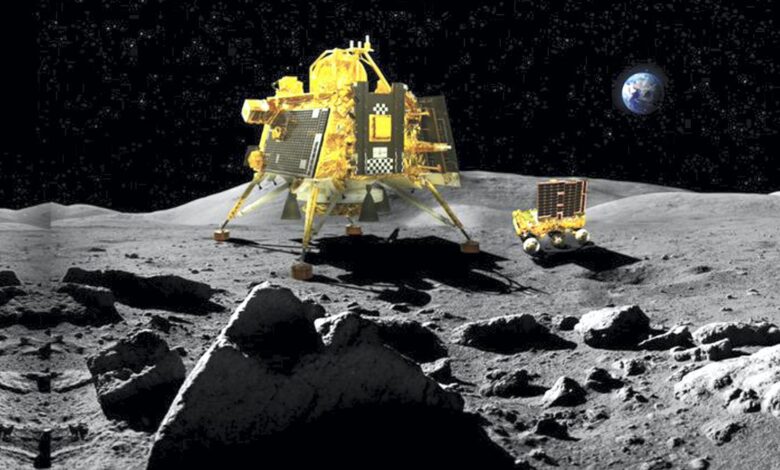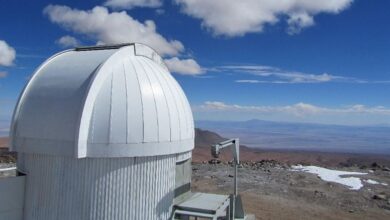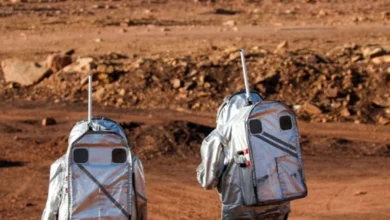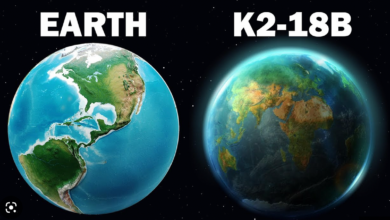Moon’s South Pole: What is its significance and Why are countries racing to reach there?
With the crash of Russia’s Luna-25, no country in the world has yet completed a soft landing on the Moon’s South Pole.

The Lunar South Pole is the is the southernmost point on the moon or the area which is also called the dark side of the moon as it is constantly hidden from the Earth’s view. The human understanding of the is derived from the data collected by spacecraft as the region poses formidable problems for exploration due to its rugged and treacherous terrain which have discouraged missions in the area so far. The south pole is so mysterious because of its perpetual darkness in some areas and because of the astonishingly low temperatures of -230 degree Celsius.
Despite the challenging conditions, previous Moon missions have hinted at the region’s significance. The extreme cold temperatures and the potential presence of water and other materials make the lunar south pole a potential goldmine of scientific revelations. The lunar south pole also offers a unique opportunity to study materials from the Moon’s deep crust and mantle. Delving into these materials could unveil critical insights into its planetary formation, early solar system dynamics, and potential resource utilisation for future lunar missions.
However, it is long before 2008 that it was speculated that there could be water on the moon. The Apollo missions in the 1960’s and 1970’s brought samples from the moon but the samples appeared to be dry. In 2008, when Brown University researchers re-visited the samples with a new technology, they found traces of Hydrogen inside tiny beads of Volcanic glass. However, it was after this that India’s Chandrayaan-1 mission in 2008 discovered water on the Moon’s surface using NASA’s Moon Mineralogical Mapper (M3), an instrument capable of distinguishing between ice, liquid water, and water vapour by analysing the way the lunar surface interacted with infrared light. M3 played a pivotal role in definitively establishing the presence of water on the Moon and detecting its predominant concentration in the polar regions.
The actual race to reach the Moon’s south pole all goes back to one thing: Water. Scientists are actually interested in the presence of water among all the other materials which are hidden in the massive craters preserved by cold on the lunar south pole. Scientists are also interested in pockets of ancient water ice because they could provide a record of lunar volcanoes, material that comets and asteroids delivered to Earth, and the origin of oceans.
Another important reason is that if there is sufficient water and resources on the moon. Then, the water found would be a source of drinking water for moon exploration and could help cool equipment. The materials found on the moon could also be used for supporting lunar missions or maybe even be sent back to Earth for use and consumption. For example, the water found can be broken down to get Hydrogen that can be used as fuel and can also produce Oxygen which can be used to breathe during Lunar mining and other operations.
However, the 1967 United Nations Outer Space Treaty prohibits any nation from claiming ownership of the moon but there is no provision that would stop commercial operations, something which the exploring countries will try to use to their benefit. Later, a U.S.-led effort to establish a set of principles for moon exploration and the use of its resources, the Artemis Accords managed to get 27 signatories but the biggest setback to the accords is that China and Russia have not signed it.
Please, also have a look : https://www.thetatva.in/science/moons-south-pole/15728/



